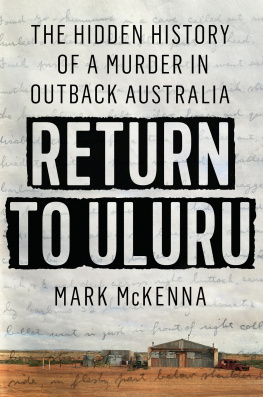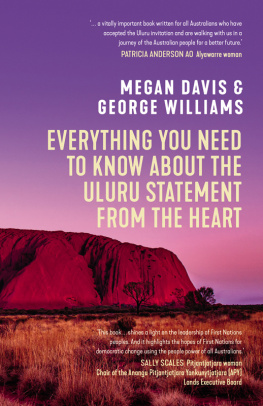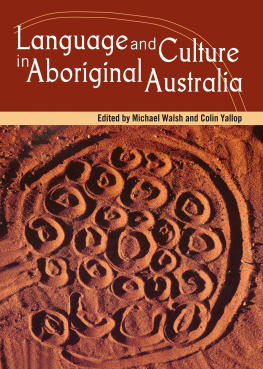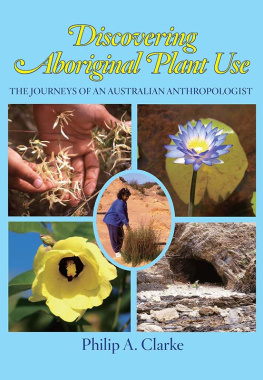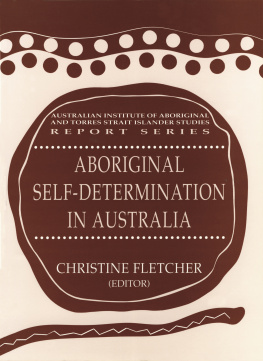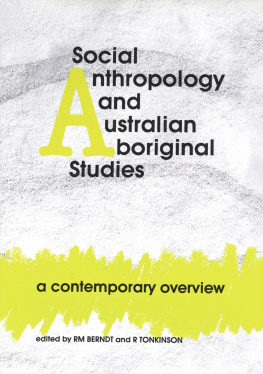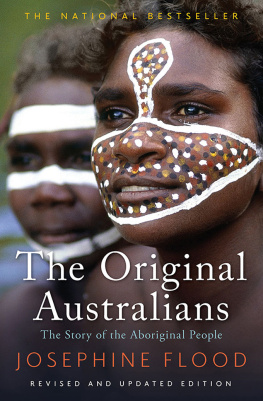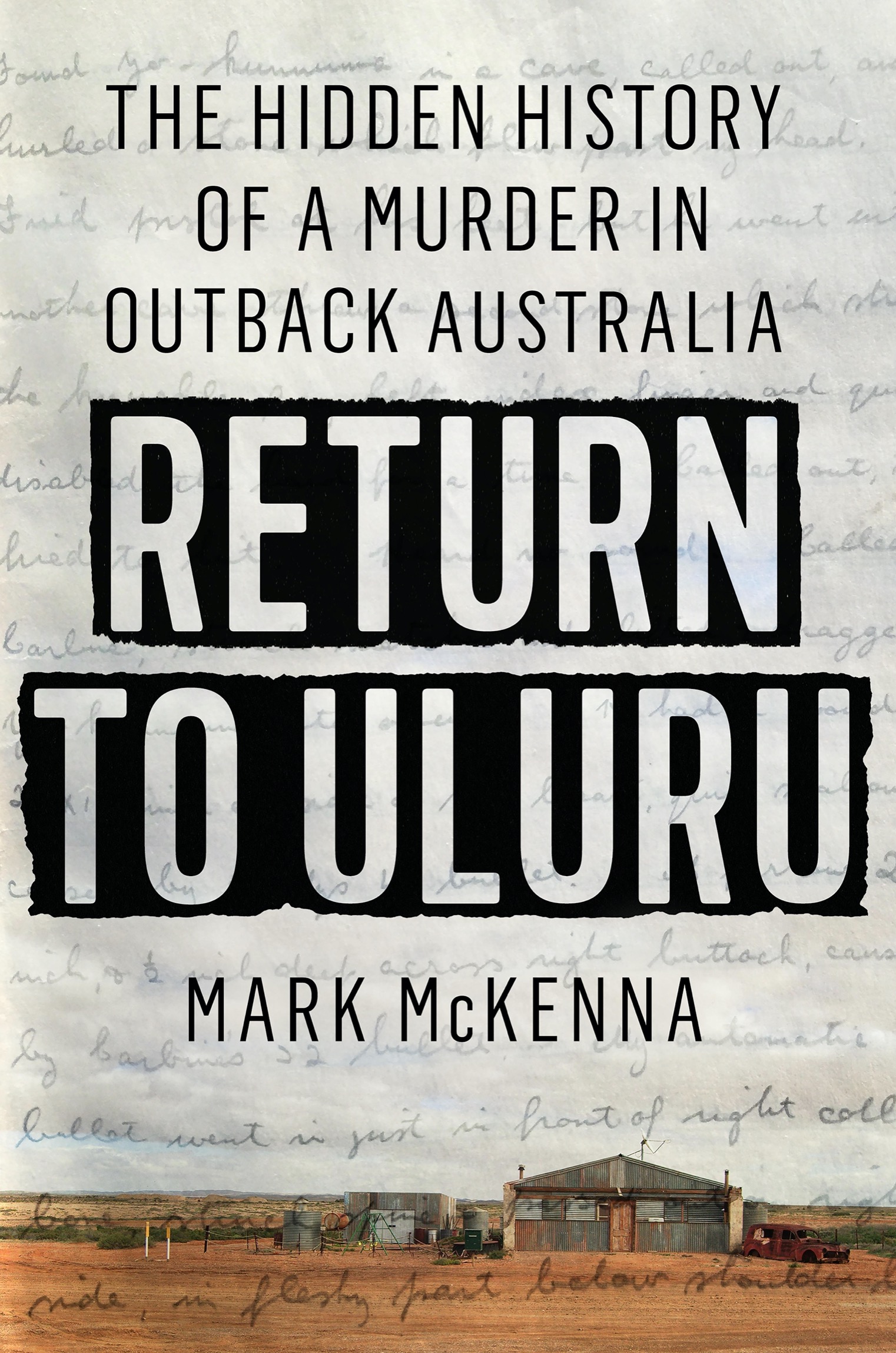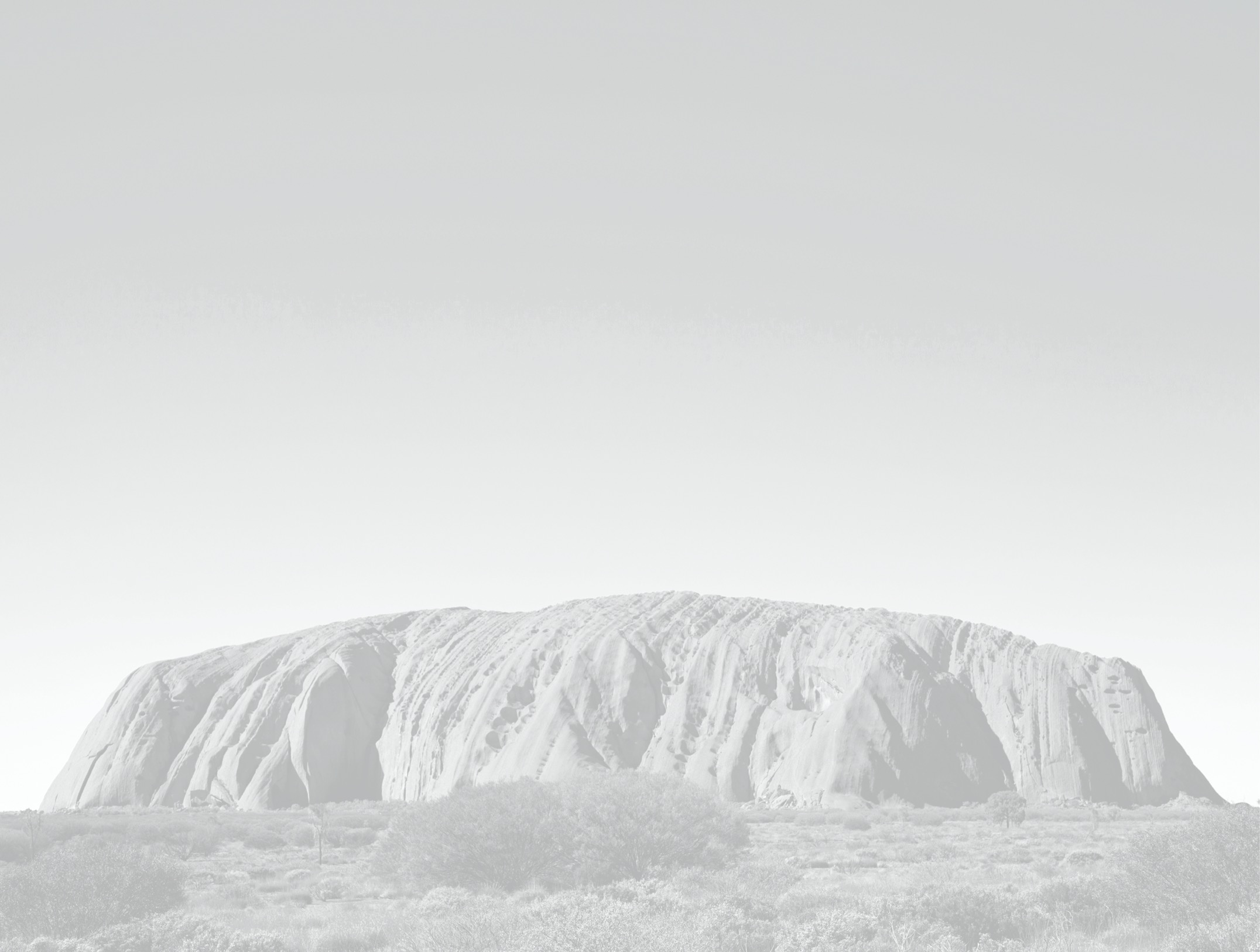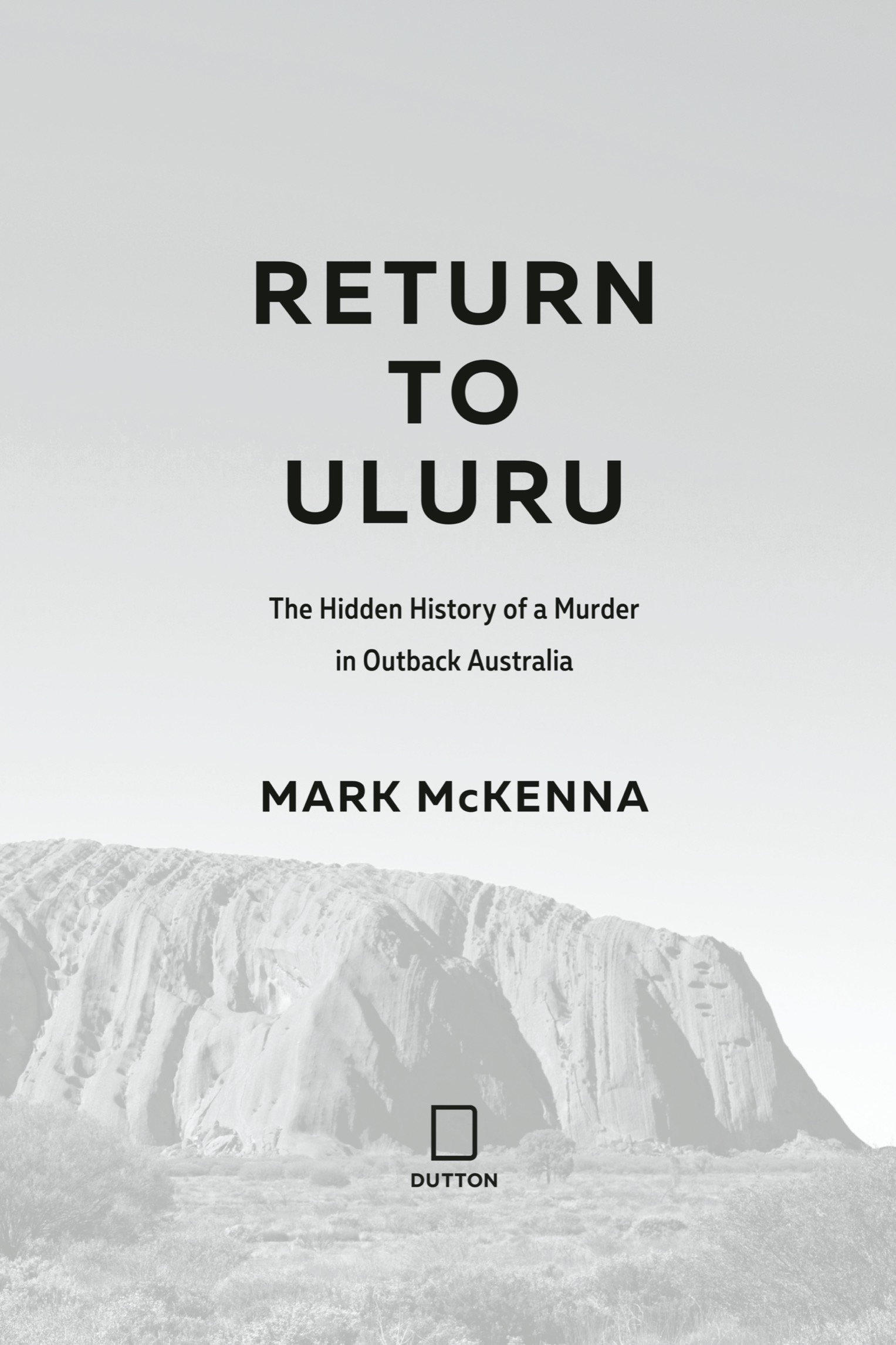Praise for Return to Uluru
Mark McKennas fascinating and infuriating narrative of frontier injustice delivers a heady blend of true crime mystery, masterful historical research, and an eloquent call for reconciliation and social justice. With a story as resonant in North America as in McKennas Australian homeland, Return to Uluru convincingly outs the heroes of frontier expansion for what they truly were: architects of atrocities who quite literally were allowed to get away with murder, so long as their victims were Indigenous peoples, their culture, and their way of life.
Edward Humes, Pulitzer Prizewinning journalist and author of The Forever Witness
Mark McKenna sets the highest standard for truth-telling of the kind that Australians so urgently need if they are to live in this country with honor. I feel sure that this book will become an Australian classic, not the first of its kind, but certainly the most powerful narrative I have read of frontier injustice and its resonance in our lives today.
Marcia Langton, author of Welcome to Country
Mark McKenna has exposed the wounded heart of Australia. Never has a history of our country so assumed the power of sacred myth. Return to Uluru is a spellbinding story of death and resurrection.
James Boyce, author of Born Bad
In illuminating one incident at Uluru in the 1930s, Mark McKenna casts a larger light on the culture and ideology of that eraharsh and brutal in so many ways, yet also uncomfortably recognizable.
Robyn Davidson, author of Tracks
Honest and thought-provoking, this book takes a hard look at some uncomfortable truths in Australias history. Recommended for anyone wanting to examine racism, colonialism, and their continued effects.
Library Journal
A killing in Australia sheds light on a long history of violence against Aboriginal people... A thoroughly researched, well-told story of a true crime that can never see punishment.
Kirkus Reviews

An imprint of Penguin Random House LLC
penguinrandomhouse.com

Copyright 2022 by Mark McKenna
Published by arrangement with Black Inc., an imprint of Schwartz Books, in February 2021.
Penguin Random House supports copyright. Copyright fuels creativity, encourages diverse voices, promotes free speech, and creates a vibrant culture. Thank you for buying an authorized edition of this book and for complying with copyright laws by not reproducing, scanning, or distributing any part of it in any form without permission. You are supporting writers and allowing Penguin Random House to continue to publish books for every reader.
DUTTON and the D colophon are registered trademarks of Penguin Random House LLC.
Permissions appear on and constitute an extension of the copyright page.
Title page photograph by Terri A1/Shutterstock.com
library of congress cataloging-in-publication data
Names: McKenna, Mark, 1959- author.
Title: Return to Uluru / Mark McKenna.
Description: New York : Dutton, Penguin Random House LLC, [2022] | Includes index.
Identifiers: LCCN 2022017138 (print) | LCCN 2022017139 (ebook) | ISBN 9780593185773 (hardcover) | ISBN 9780593185780 (ebook)
Subjects: LCSH: Aboriginal AustraliansAustraliaUluru/Ayers Rock (N.T.) | Aboriginal AustraliansAustraliaUluru/Ayers Rock (N.T.)Death. | Police shootingsAustraliaUluru/Ayers Rock (N.T.)History20th century. | Aboriginal Australians, Treatment of. | Aboriginal AustraliansSocial conditions. | Aboriginal AustraliansHistory. | Uluru/Ayers Rock (N.T.)History20th century. | Uluru/Ayers Rock (N.T.)History. | AustraliaRace relations.
Classification: LCC DU398.A9 M35 2022 (print) | LCC DU398.A9 (ebook) | DDC 305.899/15094291dc23/eng/20220420
LC record available at https://lccn.loc.gov/2022017138
LC ebook record available at https://lccn.loc.gov/2022017139
Cover design by Steve Meditz; Cover images courtesy of the author: (top) a page from Bill McKinnons patrol journal, 1934; (bottom) photo taken at Marree, South Australia, 2013
Book design by Nancy Resnick, adapted for ebook by Michelle Quintero
While the author has made every effort to provide accurate telephone numbers, internet addresses, and other contact information at the time of publication, neither the publisher nor the author assumes any responsibility for errors or for changes that occur after publication. Further, the publisher does not have any control over and does not assume any responsibility for author or third-party websites or their content.
pid_prh_6.0_140600470_c0_r0
For Edwin Ride
CONTENTS
THE STORY OF KUNIYA AND LIRU
The Kuniya (python) woman came from far away in the east to hatch her children at Uluru. She carried her eggs strung around her neck like a necklace and brought them to rest at Kuniya Piti on Ulurus northeast corner. There she left the eggs on the ground.
Kuniya camped at Taputji and hunted in the nearby sandhills. As she left and entered her camp, she formed deep grooves in the rock. These grooves are still there.
One day, Kuniya had to draw on all her physical and magical powers to avenge the death of her young nephew, also a Kuniya. He had enraged a group of Liru, or poisonous brown snakes, who traveled from the southwest to take revenge on him.
They saw him resting at the base of Uluru and rushed upon him, hurling their spears. Many spears hit the rock face with such force that they pierced it, leaving a series of round holes that are still obvious. The poor Kuniya, outnumbered, dodged what he could but eventually fell dead.
When news of the young pythons death reached his aunt on the other side of Uluru, she was overcome with grief and anger. She raced along the curves of the rock to Mutitjulu Waterhole, where she confronted one of the Liru warriors, who mocked her grief and rage.
Kuniya began a dance of immense power and magic. As she moved toward the Liru warrior, she scooped up sand and rubbed it over her body. Her rage was so great that it spread like a poison, saturating the area at that time.
In a fearsome dance she took up her wana, or digging stick, and struck the head of the Liru. But her anger was now beyond restraint, and she hit him again across the head.
He fell dead, dropping his shield near Mutitjulu Waterhole, where Kuniya herself remains as a sinuous black line on the eastern wall. The blows she struck are two deep cracks on the western wall, and the Lirus shield, now a large boulder, lies where it fell.

Central Australia
PART ONE
THE DEAD HEART?
A traveller may now describe Central Australia as a heart-breaking wilderness.

